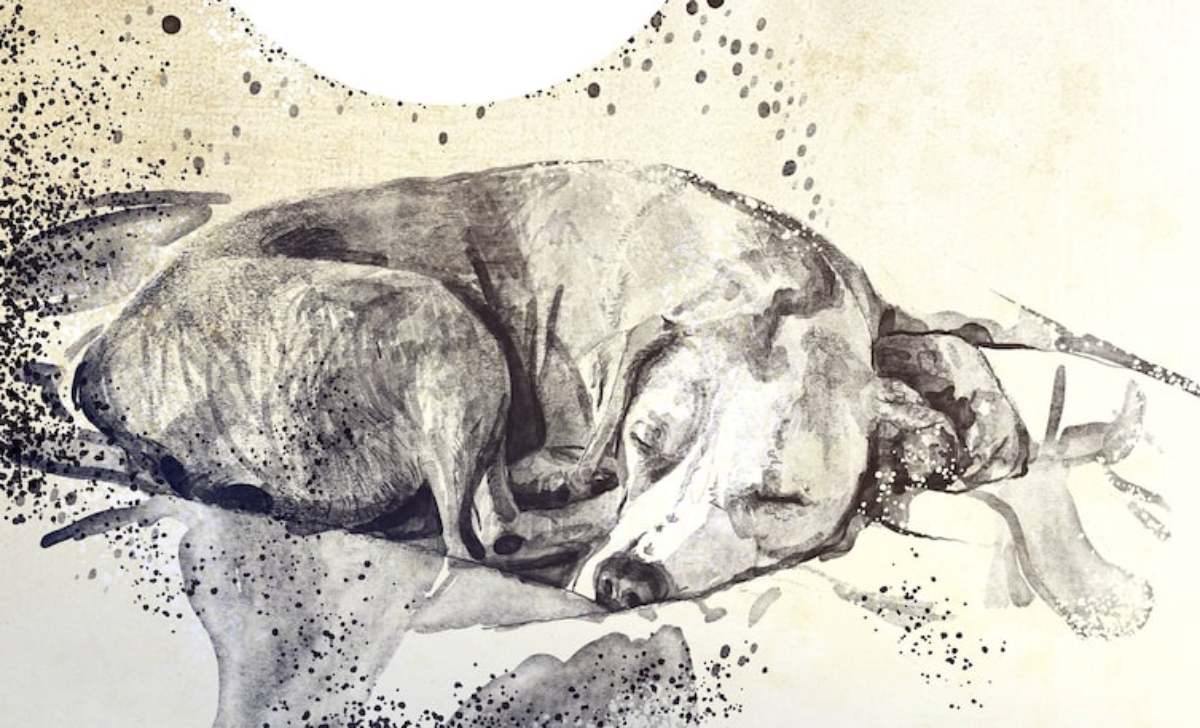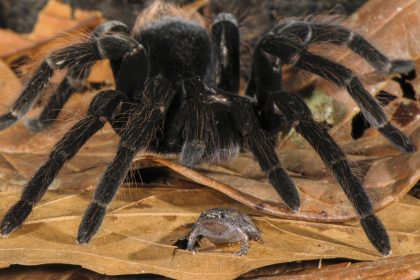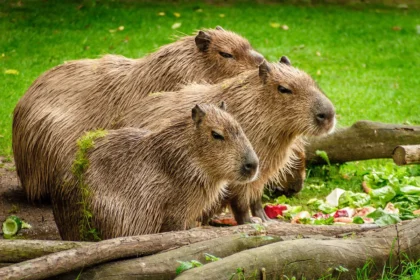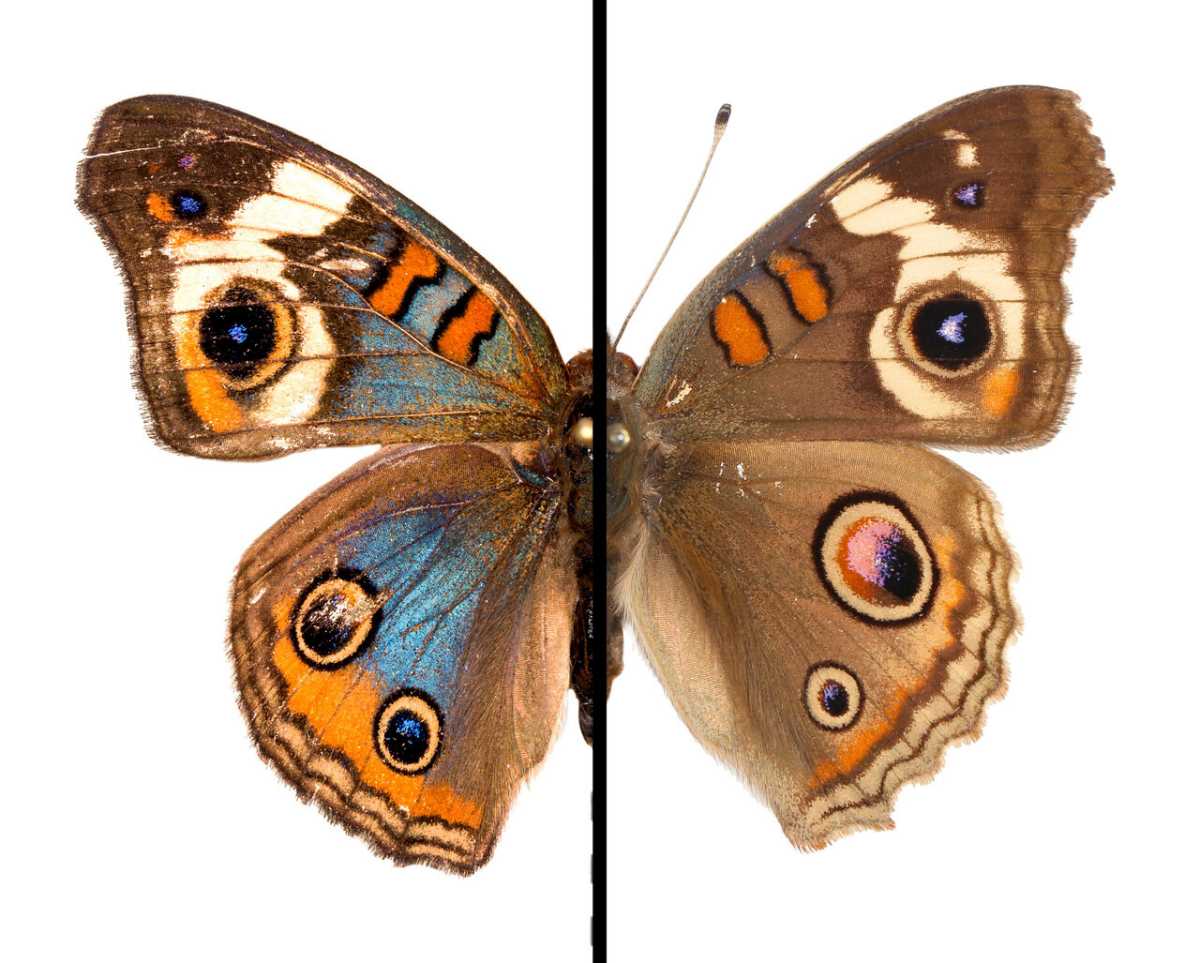When the cat sleeps with its paws twitching and its eyes moving back and forth rapidly, does it actually imagine that it is chasing after a mouse? Is the dog dreaming when it makes those low-pitched whimpers and growls, or are they just sounds it makes while it’s sleeping?
There is a variety of evidence to imply that mammals and possibly birds dream as well. However, it is challenging for researchers to comprehend what it is like for a dog or cat to have a dream. Because they do not possess the capacity for language, animals are unable to convey to us the sensations that they feel while sleeping.
Does dreaming happen during REM?

It is well established that the stage of sleep known as REM sleep, during which humans have their most vivid dreams, is shared by practically all mammalian species when they are asleep. During this time, the majority of the patient’s voluntary muscles remain paralyzed; the sole exception is the eyeballs, which move quickly back and forth behind the eyelids. The brain is also active, displaying brain waves that are moving much more quickly and in a pattern that is far more complex than those seen during deep sleep.
This stage of sleep accounts for ten to twenty-five percent of dogs’, cats’, and gorillas’ total sleep time, making it nearly as long as the stages of sleep experienced by humans. But does the fact that they experience REM sleep imply that they dream in the same way that we do? If we only consider the process of evolution, it is quite likely that the capacity to dream existed before humans did. The challenge is to provide evidence for this.
Cats that are fast asleep due to hunting fever
Back in the 1960s, Michel Jouvet, a sleep researcher from France, made headlines with a controversial experiment. He was successful in reversing the paralysis of the cat’s muscles that normally occurs during REM sleep. The cats went to sleep normally at first, but when they entered REM sleep, all of their typical behaviors stopped: they bucked, hissed, rushed around the cage, and their fur bristled. The experimenters were startled by the bizarre behavior of the animals while they were sleeping because it was so extreme.
The cats’ behavior suggested that they were either on the hunt for or engaged in combat with an adversary that they could not see. Throughout it all, though, the animals were in such a deep sleep that not even bright flashes of light or the tantalizing aroma of freshly cooked food could wake them up. This was evidence for Jouvet that cats, and thus, all other animals, have the ability to recreate ordinary situations in their dreams, just like we people do.
Do rats walk in labyrinths in REM sleep?
Comparing the activity of the brain during REM sleep with the activity of the brain during an activity conducted earlier to that activity while awake is another method for researching animal dreams. A study like this one was carried out in 2001 with rats by Kenway Louie and Matthew Wilson of the Massachusetts Institute of Technology. They taught the animals how to successfully navigate a labyrinth. Electroencephalography was used to record the subjects’ brain waves during this phase of sleep as well as the following one (EEG).
The researchers found a lot of similarities between the two EEGs when they compared them. These findings suggest that remnants of episodic memory become active again during REM sleep. Therefore, there are a lot of clues pointing to the fact that mammals, like us humans, tend to relive their daily experiences in their dreams. As long as there isn’t a verbal explanation of what it’s like for an animal to dream while awake, there will be doubts. However, it is still unknown whether or not they are also aware of their dreams.






